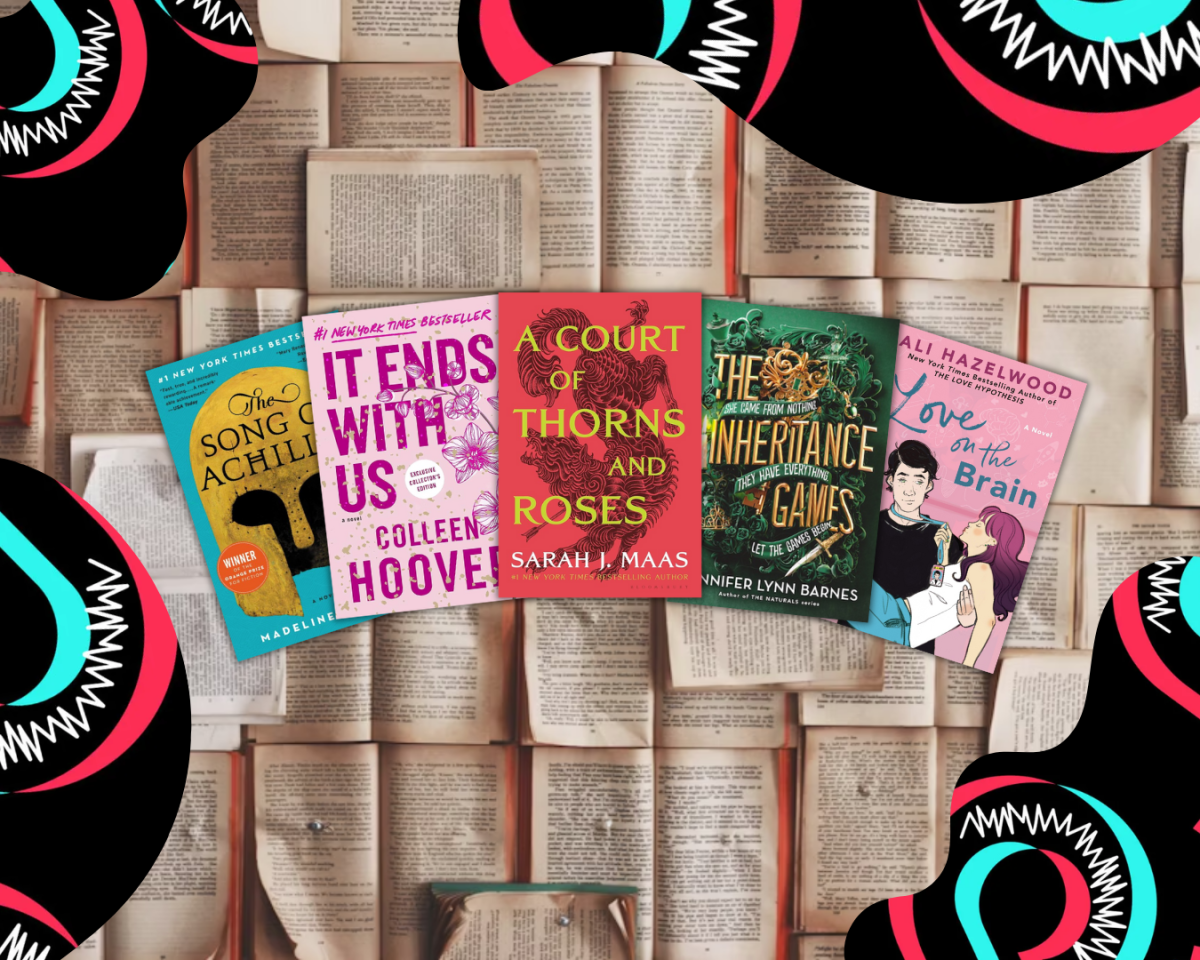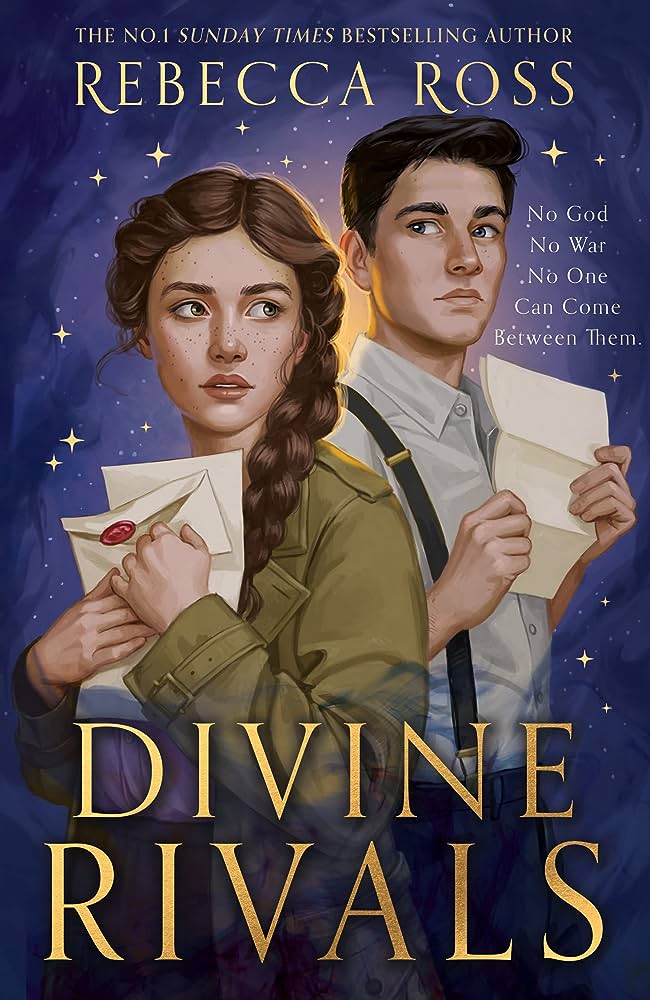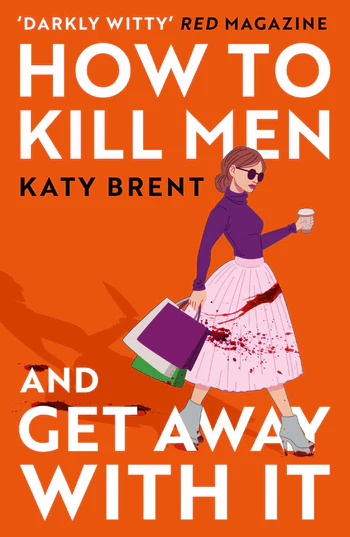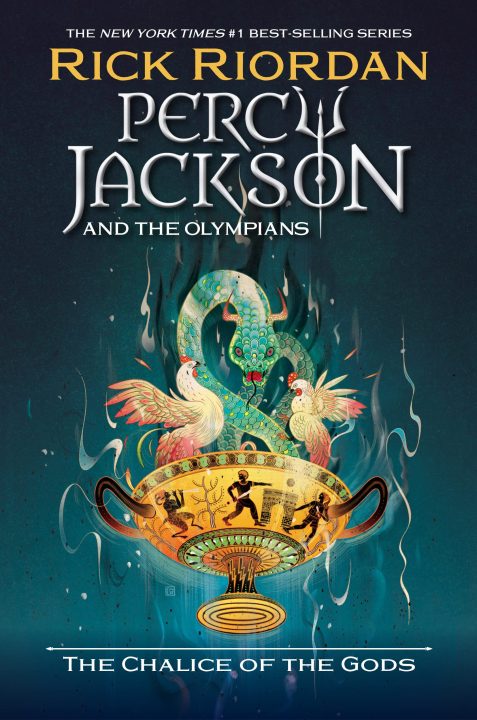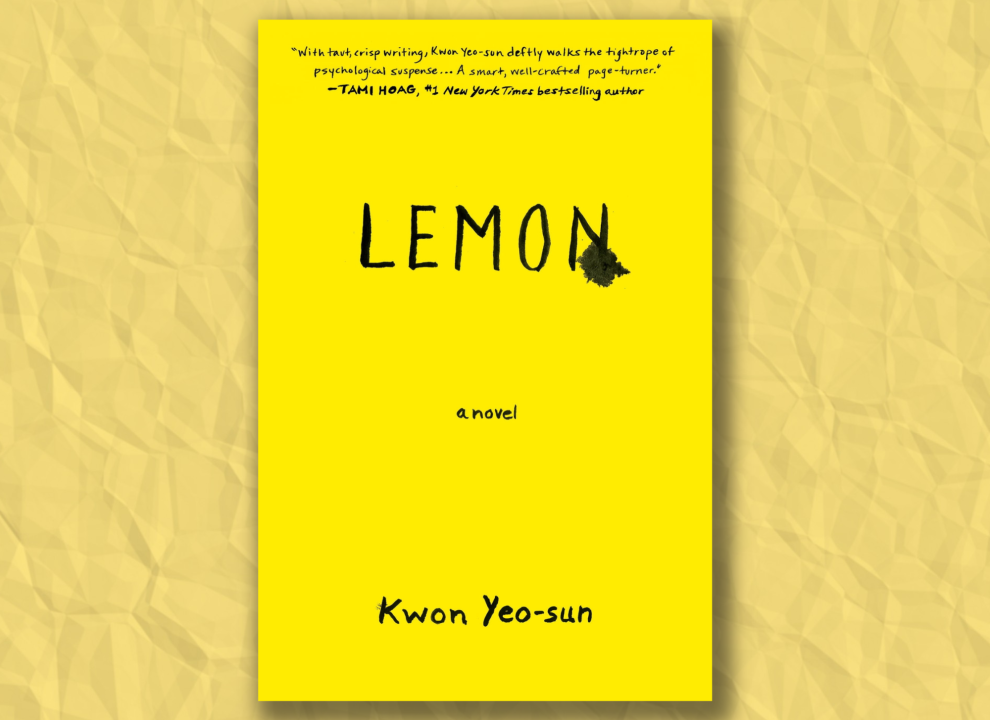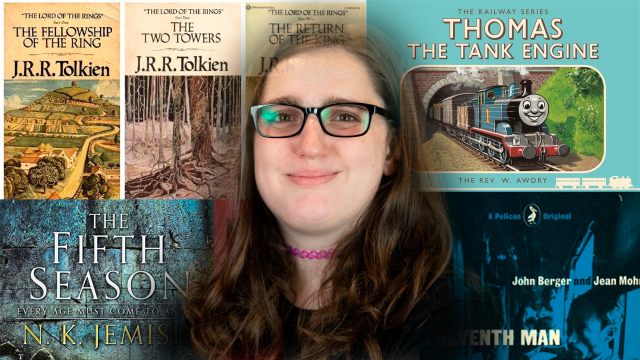
In today’s literary world, tastemaking websites and recommendation algorithms are seemingly everywhere. While these platforms have their value, it can be difficult to cut through the clutter and find reading suggestions of genuine value. Nothing can quite replace a close friend’s urging to check out their latest favorite novel.
Over the next few weeks, The Statesman will be rolling out “The Books That Made Us,” in which members of the newspaper’s editorial board share the five books that helped shape the person they are today. Our goal is to provide a reading list that represents the diverse backgrounds and opinions of a modern college campus, while also giving readers the opportunity to learn a bit more about our editorial board.
I don’t know whose idea it was to have The Statesman editors write listicles of books that impacted them. It might have been independently conceived by a few people, each of whom had a different reason for writing about the subject. In my case, I wanted to lay down a bit of autobiography to give The Statesman a human face.
This isn’t necessarily a list of my favorite books. At the rate my opinions and preferences shift, such a list would probably be outdated within 24 hours. Instead, these are books that impacted my development, that showed me what writing and literature could accomplish in ways that fundamentally changed me as both a reader and a writer. Such a list is also liable to change quickly, but what is an article if not a snapshot of a moment in time?
“The Railway Series” (Reverend W. Awdry)
My earliest memory of writing must be from when I was about four years old, sitting in the waiting room of a Michelin car dealer, sketching stories about Thomas the Tank Engine in a tiny booklet with a tie-dye cover. I think my birth mother helped me write the actual words and read them out, but I distinctly remember drawing a little blue steam engine and throwing together a four-year-old’s conception of a plot.
At that age, the “Thomas the Tank Engine” TV program narrated by George Carlin (yes, George Carlin) was probably more of an influence on me than the Railway Series, the mid-20th century children’s books that inspired the “Thomas” series. The Railway Series was penned by Wilbert Awdry, a British reverend, and draws on Awdry’s deep love of trains and sophisticated understanding of their economics and history, which he channeled into stories for his sick son.
The Railway Series quickly abandoned its simplistic roots and became an unexpectedly somber meditation on the decline of British steam engines. British railway authorities phased out steam while the books were still being published. The result is a series of gorgeously illustrated and frequently clever staples of children’s literature.
“The Lord of the Rings” (J. R. R. Tolkien)
When I was 12 years old, I entered my birth father’s West Virginia house to find a mass paperback copy of “The Fellowship of the Ring” on the dining table. I obviously knew of J. R. R. Tolkien’s three-volume masterpiece “The Lord of the Rings,” which sired the modern fantasy genre, but I’d never touched it with a ten-foot pole. On some level, I expect that my birth father was telling me to grow up and read something for grown-ups. And the book sure helped me do that.
Reducing one’s artistic influences to a specific set of works is risky, but I’d wager that “The Lord of the Rings” is the work that most influenced the writer I am today. Tolkien’s immense masterpiece of philology and myth set me on the path of my obsessions with mythology, language, history and theology — I suspect a good deal of my prose is shaped by Tolkien’s writing style. Why else would I be so long-winded?
“Notes of a Native Son” (James Baldwin)
Growing up as a white girl in a conservative Catholic Southern environment, I internalized a lot of toxic ideas about race. My birth mother worked for the DEA, FBI and CIA in rapid succession and my birth father was an NRA member who voraciously defended Confederate flags and Robert E. Lee.
By the time I was 18 or so, I was waking up to the horrors of my culture. Then I read James Baldwin’s “Notes of a Native Son.” I’d heard great things about Baldwin — a queer Black writer who appeared at the March on Washington — from many friends. When I finally read his seminal essay collection, I was bowled over and humbled. Baldwin’s scathing analysis of American literature and culture, and his horror stories about racism in Jim Crow-era Harlem, sobered me in a way no book ever had before. When I finished “Notes of a Native Son,” I was a different person, more cognizant of how I needed to live.
“The Fifth Season” (N. K. Jemisin)
When I was a teen, this inaugural entry in N. K. Jemisin’s “Broken Earth” trilogy sent my head buzzing. This apocalyptic, queer piece of science fantasy showed me that speculative fiction could be devastating, complex and progressive.
Like Baldwin, Jemisin made me think about the politics of race in more depth than I previously had, and now in the arena of fantasy literature. On a supercontinent called the Stillness, a “fifth season” goes through periods of climate change. A group of people called Orogenes who can affect the environment, and even cause earthquakes, are subjected to mass exploitation. If that sounds heavy, wait until you get to the child murder plot.
This is perhaps the finest novel of the 21st century so far, and everybody should read it.
“A Seventh Man” (John Berger with Jean Mohr)
So far, this hasn’t been a list of the books I love so much as a list of the books that made me who I am. This fifth entry, however, is a contender for my favorite book ever written.
British Marxist art critic John Berger is best known for “Ways of Seeing,” his BBC miniseries and accompanying book about the economic role of art in Europe. Everyone should watch and read “Ways of Seeing” (preferably in that order), but “A Seventh Man,” his collaboration with Swiss photographer Jean Mohr about migrant workers in Europe, is just as vital.
I’m almost loath to describe “A Seventh Man” — a haunting, intelligent and profoundly empathetic meditation on the struggles of immigrant workers. Berger’s prose and Mohr’s photos are the perfect marriage of literature and the visual arts; they exhibit a conscience every journalist should learn from. If we as writers tell more stories like this, we’ll be one step closer to a happier, kinder world.











